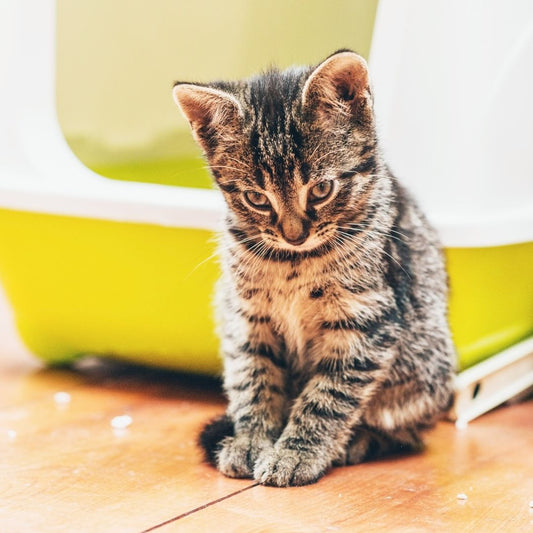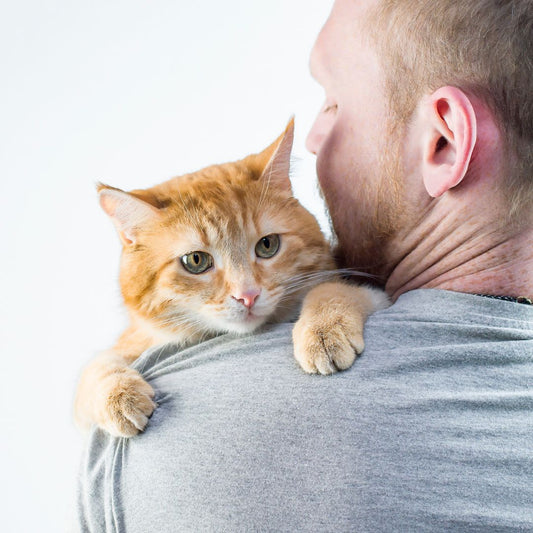Can Cats Be Trained ?
It’s often been said that “cats don’t have owners, they have staff,” but in the past I never really bought into that way of thinking. I live in a household of rescue cats, who are all well-mannered, and well “trained” kitties. Whenever I tell people that my cats have been taught how to behave and that they listen to what...
Read On
Do not go on social medias to resolve a litter box issue
As experts in cat behavior, we frequently receive requests to address a common issue: cats choosing to eliminate outside of their litter box. This particular problem accounts for nearly half of all inquiries we receive regarding cat behavior. However, when we are contacted, we often discover that we are not the first resource people have turned to for solutions. Typically...
Read On
The Importance of playtime
A phone call I get quite a lot in my practice is about cats who tear up the house, and/or who won’t settle down at night: “My cat is ripping my house apart; he freaks out every day while I am at work.” “My cat won’t let me sleep, she jumps all over me when I go to bed and...
Read On
Choosing the Right Cat for you
Adopting a cat or kitten is a joyful experience, and if you’re like me, you would take them all home if you could. With so many adorable cats and kittens just waiting for a home, how do you choose the right cat for you and your family? Choosing the right kitty for you isn’t as simple as adopting the...
Read On





